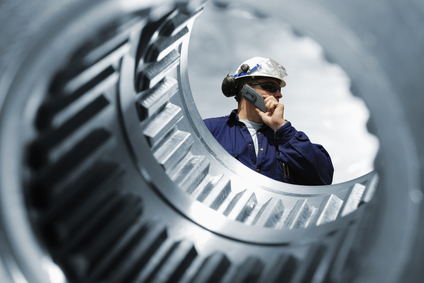Have you ever put together a puzzle only at the very end to have one piece remaining that did not fit in the last open slot? This frustrating situation means that you cannot finish the puzzle and the entire picture is not complete. Building an automobile is much like assembling a puzzle where each piece is designed to fit in only one location but if one of those pieces is not designed and built correctly, it will not fit. The design and production of an automobile involves numerous different materials, components, subassemblies and parts. Each one of these different pieces are produced by a supplier that must meet all the required specifications in order to fit together in the final assembly process. When one of those pieces goes out of specification then the supplier quality engineer steps in to fix the issue and correct the situation.
Education requirements for a supplier quality engineer
The basic requirements for a supplier quality engineer will be an engineering degree in a relative field such as electrical, mechanical, manufacturing or automotive engineering degree. Additionally, depending on the type of supplier, a specialty degree such as materials science will aid the supplier quality engineer in fixing issues with incoming product quality. Supplier quality engineers need to be proficient at a variety of manufacturing and production processes in order to assist in the root cause of analysis of production processes. Automotive manufacturing and design experience is important to a supplier quality engineer to allow them to be effective in completing the requirements of the job.
A day for a supplier quality engineer
When an automobile is in production the line typically runs 24 hours a day, seven days a week in order to meet the orders required. In order to keep the production line up and running, materials, components and sub-assemblies must be constantly supplied to the line. These are delivered in production lots from the supplier. When a new lot is introduced to the line and used in production, sometimes the parts do not to fit correctly or to fail an inspection test in the assembly process. When an issue is identified, the supplier quality engineer steps in to correct the problem.
The first step the supplier quality engineer will take is containment. Containment will corral all the suspect lots and ensure they will not be used in the assembly process but may also put the production process in a lines down mode until the issue is corrected. The engineer will then review what has been produced and isolate the defective parts with an Engineering Hold to keep them from being sent on in the production process. The supplier will be alerted of the issue to look at their production process to determine how defective parts were sent. Once containment has been completed, the supplier quality engineer will begin to inspect the suspect materials and determine if it was just a random defective part or if it is a more extreme problem and all the lots were defective. If some parts meet specifications then an inspection process may be put in place to inspect the parts and allow production to continue but otherwise, production will be put on hold to await new parts.
The next step after the problem has been contained is to correct the issue. The supplier quality engineer will work with supplier to determine the root cause of the issue and put corrective actions in place to fix the problem. They will also put test and inspection process in place so that the problem will not occur again. If the supplier is not able to identify the root cause of the issue the supplier quality engineer may travel to the supplier’s site to help “coach” them through the engineering process of fixing the problem. This is never a good thing for the suppliers!
Once a fix has been put in place the supplier will restart their production process and shipping with the fixes in place. They will label the shipments to indicate that the parts should now be good and ready to go into production. The supplier quality engineer will inspect the new parts once they are received to ensure that a fix has been put in place and monitor them for a certain time period to ensure the issue does not recur.
Building the automobile puzzle is an intricate process where every part must be built to very precise specifications in order to fit correctly. If one of those pieces falls out of spec then the supplier quality engineer steps in to fix the issue and get the production process back up and running producing high quality automobiles.

